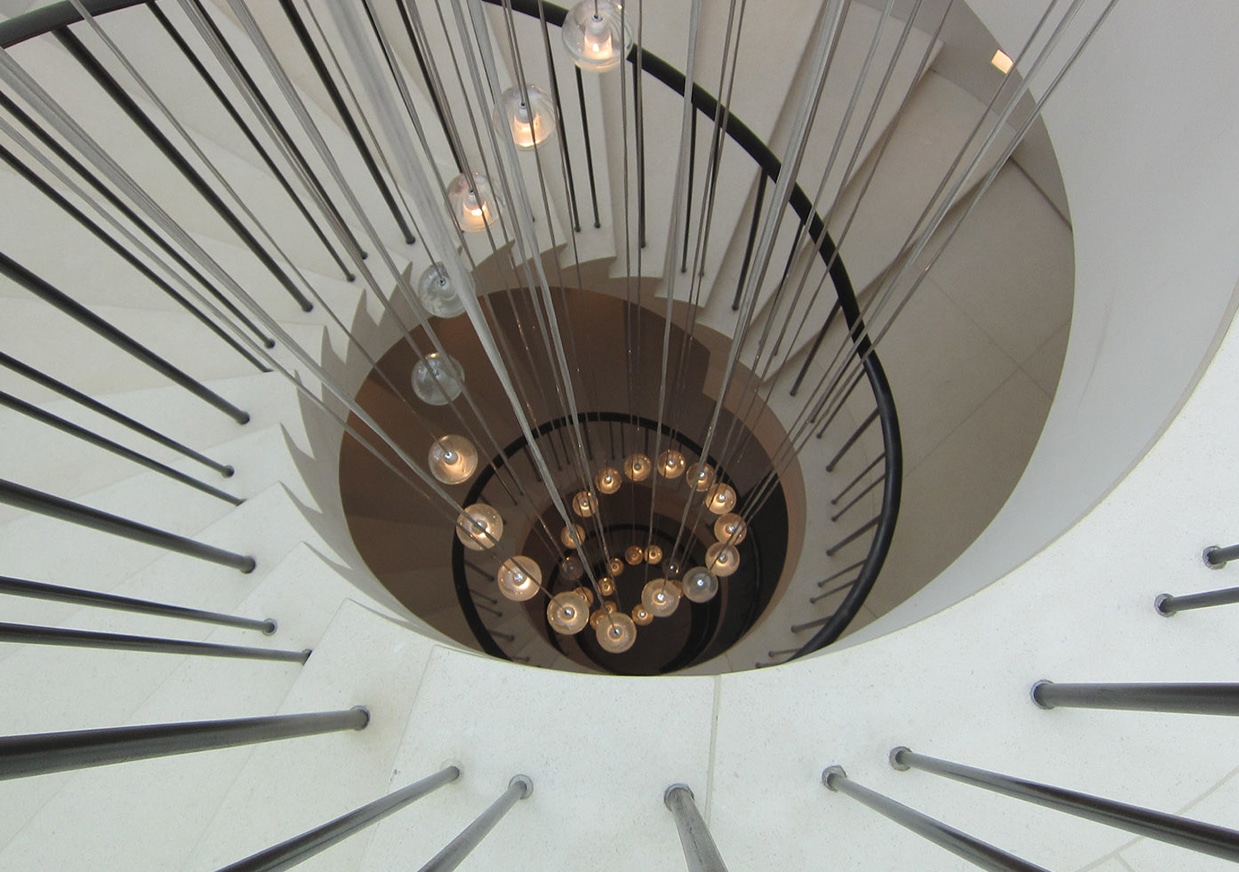A guide to the cost of a kitchen worktop
There are several elements in the choice of kitchen worktop which have a significant effect on the cost. The key factors are listed here below:
Choice of material
The most common choices for a kitchen worktop are quartz or granite. Quartz is manufactured by a wide range of companies. There are established brand names such as Caesar stone and Cosentina. These companies offer a wide range of colours and extended warranties. However, their slab prices tend to be 2 – 3 times the cost of a less well known brand.
Therefore if you are less concerned with a specific look and prepared to be a little flexible on certain colour and looking for a more cost-effective top the best solution can be to look for a less well known brand such as okite, cq or nile trading. These quartz tops do not offer the same warranty as some of the well known brands but will be a lot more cost effective
There is a wide range of granite which is stocked in the UK. The vast majority of stock granite will be within a similar price range. Granite does become more expensive if a specific finish or colour is required and it needs to be imported. This can make the slab 3 – 4 times the price of a stock version
Edge Detail
The most cost-effective for a worktop is a chamfer edge. This can be done by machine and is a simple process. The next step up in cost is a pencil edge. Beyond this a bullnose is more expensive than a pencil. Bespoke edges are possible however they will be on a price on application basis
Finishing Details
There are other factors to consider which can have an effect on cost:
( a ) Drainer Grooves
Drainer Grooves have to be carved into the face of the top and will add cost to the worktop
( b ) Curved corners
Curved corners have to be machined in a separate process when cutting a top. This is an additional process which adds to the cost of a worktop.
( c ) Sink Cut outs
A sink can either be overhung ( ie it sits on top of the worktop ) or underslung ( ie it sits underneath the worktop ). If a sink is underslung we have to polish the inside of the cut out which adds to the cost
Frequently Asked Questions
- How does the choice of material affect the cost of a kitchen worktop? The cost of kitchen worktops varies significantly with the choice of material. Quartz and granite are popular choices, with quartz being available from both well-known brands like Caesarstone and Cosentino, which offer a wide range of colours and extended warranties, and less well-known brands that may be more cost-effective but offer shorter warranties. Granite’s price is generally consistent for stock options within the UK, but specific finishes or colours requiring import can greatly increase costs.
- What are the cost implications of choosing between well-known and less well-known quartz brands? Well-known quartz brands tend to be 2-3 times more expensive than less well-known ones. If brand recognition and specific warranties are less critical, opting for a lesser-known brand can be a more budget-friendly choice without significantly compromising quality.
- Why does granite pricing vary, and when can it become significantly more expensive? While the price for stock granite is relatively stable, costs can escalate 3-4 times for specific finishes or colours that are not readily available in the UK and need to be imported, reflecting the logistical and rarity aspects of the specific granite choice.
- How does edge detailing influence the overall cost of a kitchen worktop? The complexity of the edge detail directly impacts the cost. A chamfer edge is the most cost-effective option, done easily by machine. A pencil edge increases the cost slightly, and a bullnose edge costs more due to its complexity. Bespoke edges require a custom quote as their prices vary significantly based on the design and labor involved.
- What finishing details can add to the cost of a kitchen worktop, and why?
- Drainer Grooves: Carving drainer grooves into the worktop adds cost due to the additional labor and precision required.
- Curved Corners: Machining curved corners is a separate process that increases the cost because of the extra labor and machine time.
- Sink Cut-Outs: The type of sink installation affects cost, with underslung sinks requiring polished cut-outs, adding to the labor and finishing costs.

